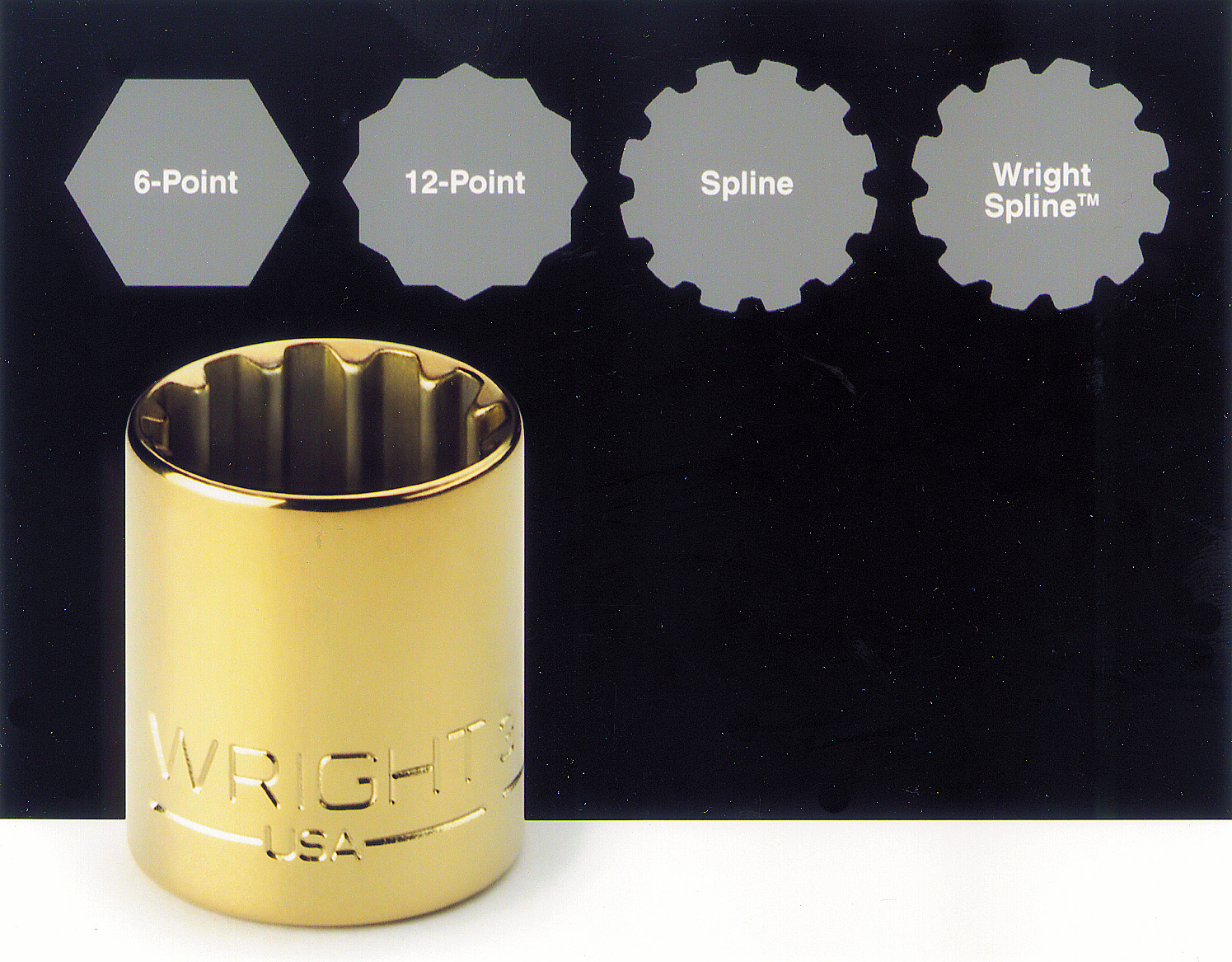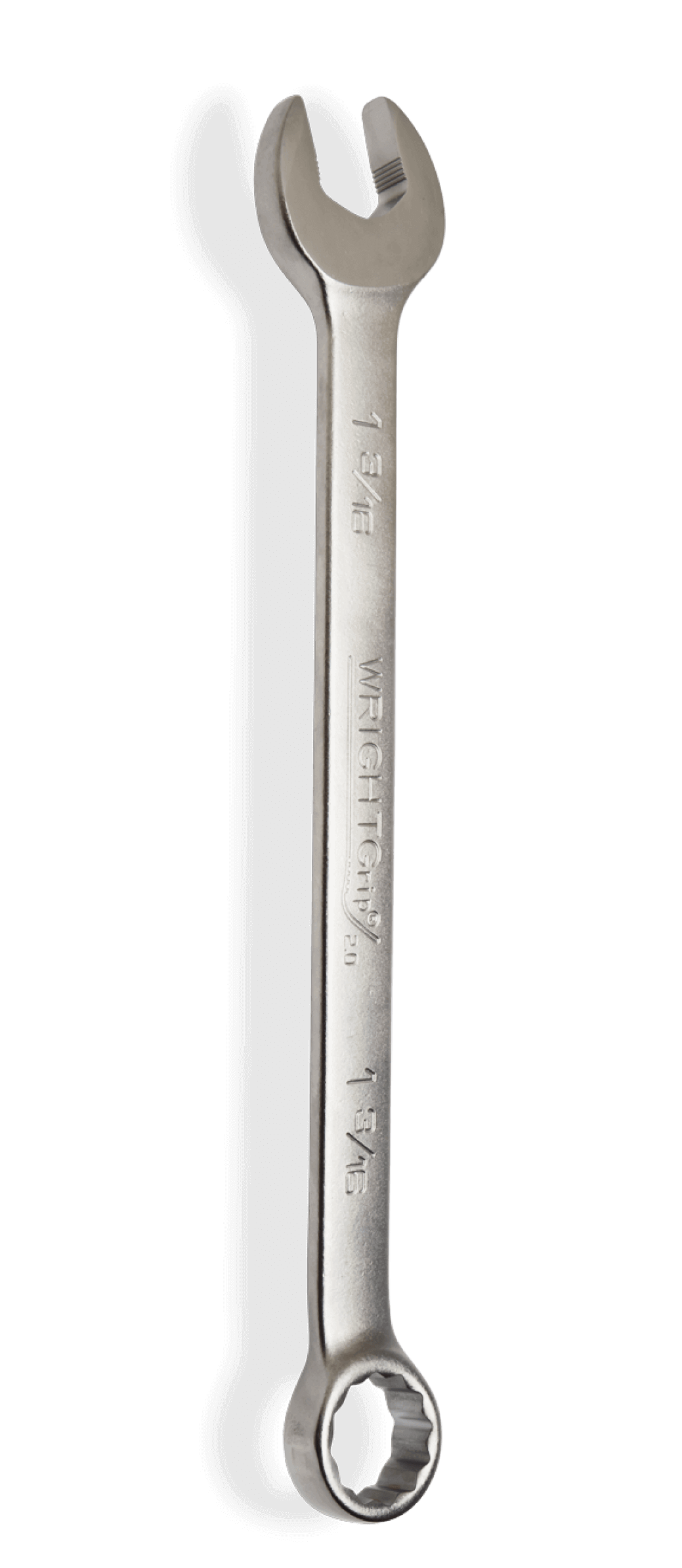April 6, 2023
Why Use Spline Wrenches and Fasteners
There is no such thing as a strength of a wrench by itself. Its strength depends on the type and strength of the fastener on which it is used and the clearance between the wrench on the fastener. No more torque will be transmitted than the strength of its weakest member, be it the wrench or the fastener. It is much better if the wrench is stronger than the fastener.
Wrench and Fastener Designs
Traditionally, fasteners have been designed before wrenches, or to use with existing wrenches. Head size, shape and tensile strength were all factors beyond the control of the wrench manufacturer. Early wrenches were designed with sufficient outside diameter to provide ample torsional strength to turn existing fasteners. Product manufacturers noted wrench dimensions and provided enough space for wrenches but no excess because that often-increased product cost.
What has changed? More careful design and strict quality control ensure that fasteners are fully tightened, which naturally increases removal torque.
Changes?
The second big change has been the increased strength of many fasteners. Fasteners have gone from 60,000 psi tensile strength to over 180,000 psi, a tripled increase. In addition, the use of the small 12-point fastener heads requires smaller wrenches to have twice their customary strength required to turn 6-point fasteners. The combined result is a sixfold increase in required strength.
Basic Changes Are Needed
Double hex, or 12-point fasteners, have been used for increased torque or smaller fastener heads. These fasteners may be turned with either standard or premium quality 12-point wrenches. While 12-point wrenches do a fairly good job, they are not completely reliable because of the substantial variation that is found in removal torque, depending both on the tightness to which the fastener was originally tightened and its exposure to corrosion and overload.
Why Spline Wrenches and Fasteners
Although there are limitations with 12-point fasteners, we should realize that there is alternative in spline wrenches and spline fasteners which would deliver twice as much torque while requiring no additional clearance space because of the inherent efficiency of the spline design. See illustration of shapes.

The combination of spline wrenches and spline fasteners can deliver twice the torque of 12-point wrenches on double hex fasteners and still more torque than hex wrenches on hex fasteners. This is done without any increase in the outside diameter of the wrench. This allows the use of higher strength bolts, and it allows these fasteners to be tightened to higher loads. Even more important, it allows these fasteners to be removed with less difficulty. Like many new ideas, they first used in aerospace, where weight and time savings justify their premium cost. Also, splines are a good replacement for hollow head cap screws because they can work in the same space, and a new design is easier to clean than the hole of a socket head cap screw.
If a trades person has a set of spline wrenches, they will find that they will turn single and double hex 12-point fasteners with corners too severely damaged to be turned with other wrenches. Also, they are superior for double hex fasteners because they fit in the square space. Some users find that it pays to replace double hex headed fasteners with spline fasteners to make them easier to remove in the future.
Spline fasteners help tighten high tensile strength spline fasteners which are used in high torque load applications. The spline profile allows a higher torque to be applied before rounding of the fastener corners occurs. Applied loads are moved away from the fastener corners which allow the spline wrench to turn fasteners that are already worn or rounded.
To check out our full line of wrenches visit, https://www.wrighttool.com/products/wrenches





